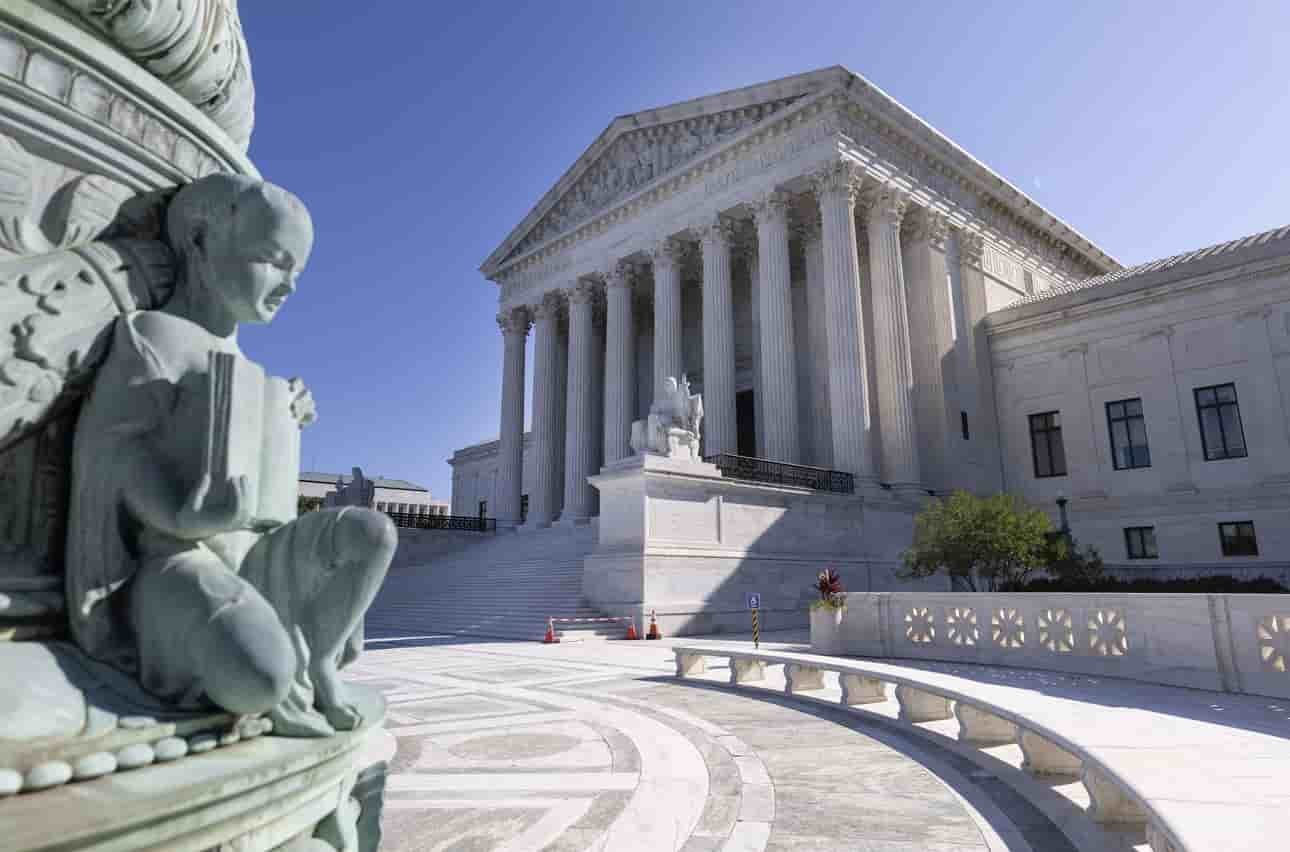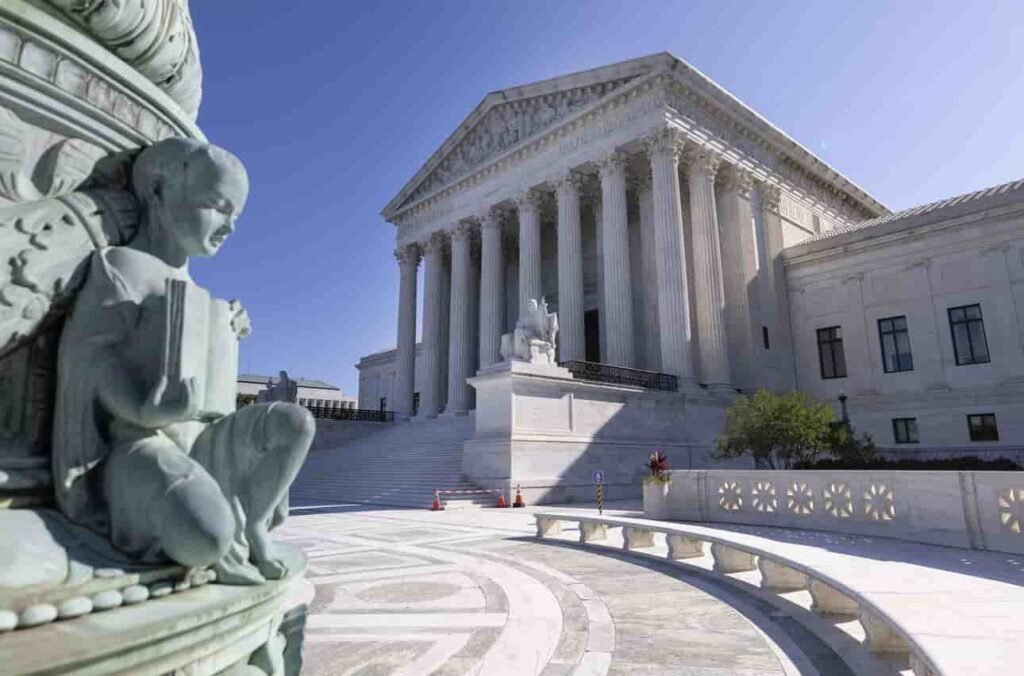Physical Address
304 North Cardinal St.
Dorchester Center, MA 02124
Physical Address
304 North Cardinal St.
Dorchester Center, MA 02124

What are checks and balances, what are the examples, who created the idea of it, and what is the definition of it in the United States government?
The system of checks and balances is a very important part of the United States Constitution. Each of the three branches of the U.S. government: the Legislative, the Executive, and the Judicial can limit the power of the others.
This means no branch is too powerful than the other. Each of the branches can check the power of the other branches to ensure that power is balanced between them.
Understanding the checks and balances system is important for everyone, especially if you are a student taking a government course.

According to Investopedia.com, checks and balances are various procedures organized to reduce mistakes or the risk of centralization of power.
Checks and balances exist to prevent one person or department have total control over decisions. The system of checks and balances is a very important part of the Constitution.
It ensures that each of the three branches of government is able to limit the power of other branches.
Although checks and balances are commonly used in the context of government, they are also used to refer to limiting power in businesses and organizations
Also Read: 11 Natural Monopoly Examples (Tips for Students)
Checks and Balances describe the separation of power in the United States government. This is achieved through the establishment of the three branches of government, which are the executive, the legislative, and the judicial.
The executive, the legislative, and the judicial all hold various powers and can check the power of other branches.
Greek historian, Polybius first analysed the ancient Roman mixed constitution under three divisions. The three main divisions consist of the monarch (represented by the consul) aristocracy (the senate), and democracy (the people).
French philosopher, Baron de Montesquieu emphasized on the need for the separation of powers in one of his works, The Spirit of Law.
The Constitution of the United States provides checks and balances for its government by separating powers between the executive, the legislative, and the judicial.
The U.S. Constitution provide specific abilities to each of the three branches of government to ensure that a section of the government could acquire excessive power.
Checks and balances are practised by the American government in various ways.
The legislative branch is the branch of government responsible for making laws, but the executive branch gives veto power to the president. This allows the president to keep tabs on the legislative branch.
The judicial branch as part of the government is responsible to interpret laws put into effect by the legislative.
Although the president has veto power, the legislative branch has the power to overturn a president’s veto with a two-thirds vote by both houses of Congress.
With this in place, the president cannot use his or her power unconstitutionally.
The executive branch has the power to declare executive orders on how certain laws should be enforced. Although the executive has the power to determine how certain laws should be enforced, the judicial can deem executive orders to be unconstitutional.
Also Read: 11 German People Physical Characteristics & Character Traits
The U.S. House of Representatives has the power of impeachment, but the U.S. Senate has all power to finalize any impeachment.
The U.S. Congress has the power to establish and collect taxes or duties.
Bills that will raise revenue must originate in the House of Representatives. However, the Senate must approve any bill before it’s put into effect.
The U.S. President is the Commander of Chief of the U.S. Army and Navy.
The U.S. President can grant pardons and reprieves to offenders for crimes committed against the U.S. except in an impeachment.
The President has the power to make treaties, provided there is a two-thirds agreement from the Senate.
The Vice President of the U.S. is also the president of the Senate.
The House of Representatives and the Senate must pass the same bill before it officially becomes law.
The President has the power to appoint Supreme Court Judges, but the Senate must scrutinize and approve the appointment.
The Supreme Court Judges can declare presidential actions unconstitutional.
The U.S. Congress has the power to amend the Constitution and this means they can override a Supreme Court decision.
Checks and balances exist in the U.S. government to prevent any branch from being too powerful than the other.
The executive, the legislative, and the judicial are the three branches that function to enforce the law to uphold the Constitution.
Although each branch does not have the same purpose, they have the measures to ensure that other branches are performing their task lawfully.
The legislative has the power to check the executive and the judicial branches. On the other hand, the executive can check the judicial and the legislative branches and the judicial can also check the other two branches.
This separation of power allows each branch to check the other to create a balanced system where one part of the government is not too powerful.
Also Read: How Did Education Evolve in America? A Surprisingly Interesting History
The system of checks and balances is a very important part of the United States Constitution.
Since the 19th century, the power of the executive branch has expanded massively.
The U.S. Congress can override presidential vetoes and reject presidential appointments. Congress rejecting presidential appointments and overriding presidential vetoes tend to trigger controversy.
The U.S. Congress can also reject judicial rulings against legislative or executive actions.
Executive orders and official directives issued to Federal Agencies from the president are powers owned by the executive branch that do not need congressional approval.
These powers are not directly offered for the U.S. Constitution, instead, it’s implied by Article II. Article II states that the U.S. President “Shall Take Care that the Laws be Faithfully Executed”.
Just so you know, executive orders can only push through policy changes, they can’t establish new laws or appropriate funds from the U.S. Treasury.
Below are frequently asked questions on the examples of checks and balances.
Checks and balances exist to prevent one person or department have total control over decisions. The system of checks and balances is a very important part of the Constitution.
Also Read: List of All Psychology Schools of Thought Explained
Checks and balances were written into the United States Constitution to separate powers between the three branches of government: the executive, the legislative, and the judicial.
Each of the three branches serves a specific purpose and each branch have actions that can verify other branches are upholding its duties lawfully.
Greek historian, Polybius first analysed the ancient Roman mixed constitution under three divisions. The three main divisions consist of the monarch (represented by the consul) aristocracy (the senate), and democracy (the people).
French philosopher, Baron de Montesquieu emphasized on the need for the separation of powers in one of his works, The Spirit of Law.
The system of checks and balances ensures each of the three branches of government are not too powerful over the other. They all have their purposes as the arms of government to uphold the Constitution.
Certain laws cannot be implemented without the approval of the House of Representatives and the Senate. Without the existence of checks and balances, a branch of government can become too powerful over other branches.